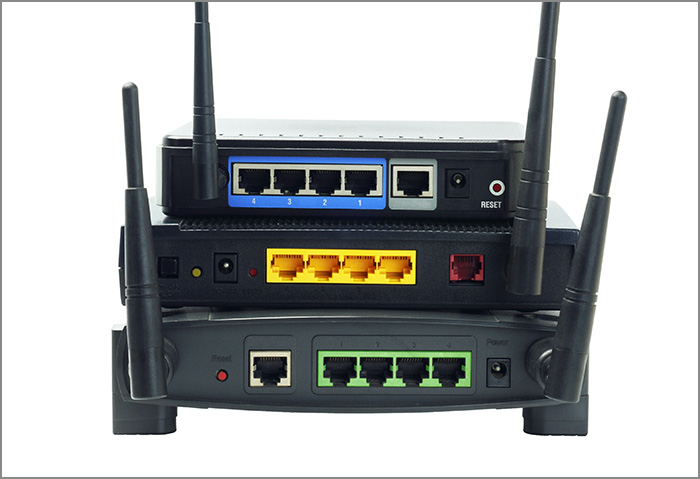How to Secure Your Home Router
 Many homes these days have smart, interconnected devices that make life much easier. Whether they’re security cameras, smart light bulbs, or other smart enabled systems, embedded devices don’t come without risks that could compromise your privacy. Many users wonder why home networking devices are often fraught with security problems, and given these security holes, home owners may not be the only one with sole access to their systems, but cybercriminals as well. In many cases, the lack of proper security mechanisms can make it easier for malicious parties to brute-force user credentials and access Web and mobile interfaces. In 2014, Shellshock affected many devices, including computers, routers, and even smart bulbs that run on Linux OS.
Many homes these days have smart, interconnected devices that make life much easier. Whether they’re security cameras, smart light bulbs, or other smart enabled systems, embedded devices don’t come without risks that could compromise your privacy. Many users wonder why home networking devices are often fraught with security problems, and given these security holes, home owners may not be the only one with sole access to their systems, but cybercriminals as well. In many cases, the lack of proper security mechanisms can make it easier for malicious parties to brute-force user credentials and access Web and mobile interfaces. In 2014, Shellshock affected many devices, including computers, routers, and even smart bulbs that run on Linux OS.
How can cybercriminals attack home networks?
Routers are the first line of defense against hackers and make for ideal targets as a point that allows them into the network. Once they gain control of your router, they can monitor and tamper with your devices and online activities. Yet, sadly, only a few users realize that routers are practically vulnerable since they are the one point in your home that’s exposed directly to the Internet. It also functions as a firewall that guards other devices from unauthorized inbound connections.
In some cases, routers have firmware bugs that appear to be obscure or minor. However, these flaws are the very things that give hackers enough room to exploit systems and gain access.
How to secure your home router
There are things you can do right now to beef up your home router’s security. To prevent or minimize attacks, here are basic tips you can follow:
Change administrative default settings – administrator privileges and passwords are the first things attackers will try to crack.
Close the network and use encryption – most home owners leave their Wi-Fi visible to anyone within range. Improve the network's security by opening the router setup screen and enable either WEP or WPA, and then enter the passphrase to generate the encryption keys. Make sure that your encryption has the proper configuration and implementation of security protocols.
Disable remote-access related features – this essentially allows you to remotely manage and use FTP when you’re not at home. However, this can expose management interfaces. If you need to turn it on, make sure you use HTTPS for the remote management and use the proper restrictions.
As an additional layer of protection for routers and all the devices connected to it, home owners can also benefit from the Trend Micro Home Network Security solution that can protect connected devices in the home as well as prevent intrusions and other cyberattacks.
Like it? Add this infographic to your site:
1. Click on the box below. 2. Press Ctrl+A to select all. 3. Press Ctrl+C to copy. 4. Paste the code into your page (Ctrl+V).
Image will appear the same size as you see above.
Recent Posts
- Unveiling AI Agent Vulnerabilities Part I: Introduction to AI Agent Vulnerabilities
- The Ever-Evolving Threat of the Russian-Speaking Cybercriminal Underground
- From Registries to Private Networks: Threat Scenarios Putting Organizations in Jeopardy
- Trend 2025 Cyber Risk Report
- The Future of Social Engineering
 Cellular IoT Vulnerabilities: Another Door to Cellular Networks
Cellular IoT Vulnerabilities: Another Door to Cellular Networks AI in the Crosshairs: Understanding and Detecting Attacks on AWS AI Services with Trend Vision One™
AI in the Crosshairs: Understanding and Detecting Attacks on AWS AI Services with Trend Vision One™ Trend 2025 Cyber Risk Report
Trend 2025 Cyber Risk Report CES 2025: A Comprehensive Look at AI Digital Assistants and Their Security Risks
CES 2025: A Comprehensive Look at AI Digital Assistants and Their Security Risks